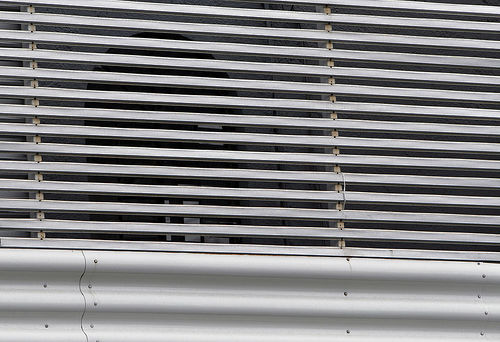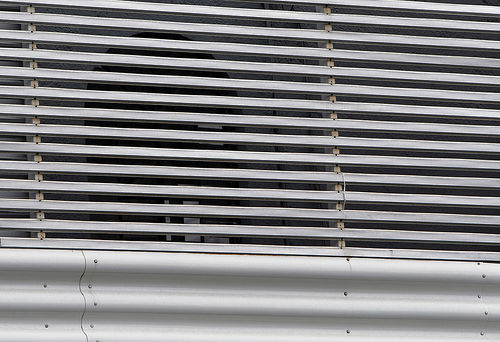
Stainless steel rebars are the vital element of extensively used reinforced cement concrete. These stainless steel rods are incorporated into cement concrete structures like foundations, slabs, beams, walls, columns, and so on to make them incredibly sturdy. The ridge pattern on every piece of stainless steel rebar creates a good mechanical connection between cement concrete and steel when the concrete solidify. As a outcome of this, the concrete slab, wall, beams, or any other structure gains significant strength, especially the tensile strength. A reinforced cement concrete structure utilizing rebars will be capable to tolerate force created by expansive soil or by seismic activity.
Stainless steel rebar manufacturers these days make rebar in varied thickness as well as in varied grades to suit distinct corrosive atmosphere. Building specifications and creating codes mainly determine rebar’s size and its quantity required in the reinforced concrete structures. To offer continuity and structural integrity, individual lengths of steel rebars are twisted about the corners and flapped so that they can be tied with stainless steel tie wire. For vital structures such as concrete beams and columns, rebar cages are formed and positioned before the concrete is poured. Concrete slabs and foundations typically contain rebar cages as effectively as steel wire meshes.
Just before stainless steel, the common problems associated to concrete and rebars, have been cracking, spalling, and occasionally shifting of the structure. As opposed to stainless steel, ordinary metal rebars have been susceptible to rust and corrosion. A lot more typically, when the salt from the road or chloride from the atmosphere seeps into the concrete structure, it corroded the rebars. With the powdery rust forming inside the higher compression cement concrete, a tremendous stress is produced, which eventually resulted in cracks and spalling of the structure. Hazardous conditions have been developed, which usually needed substantial repairs, and sometimes the replacement of the structure.
To address this dilemma, stainless steel was introduced to the rebars. This metal was robust, but more importantly it was corrosion resistant as nicely as economical. The part stainless steel rebar performed was identical to ordinary metal rebar, but this metal prevented corrosion and rendered a longer life to the concrete structure. Utilizing rebars produced from stainless steel can render concrete structure a life up to 125 years. Some of the other positive aspects of stainless steel rebars are as follows:
1. Far better tensile strength than ordinary metal
2. Availability with both magnetic and nonmagnetic properties
three. Exceptional welding capacity
four. Better functionality in both low and high temperature
five. No corrosion will type even when it is cracked or scratched
